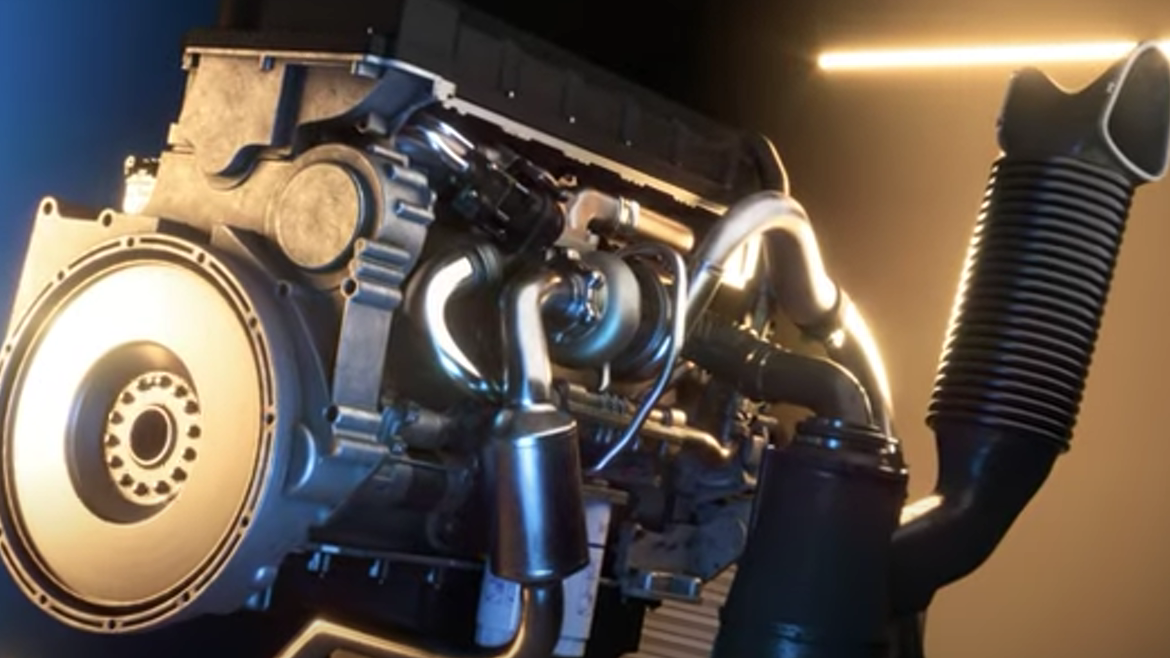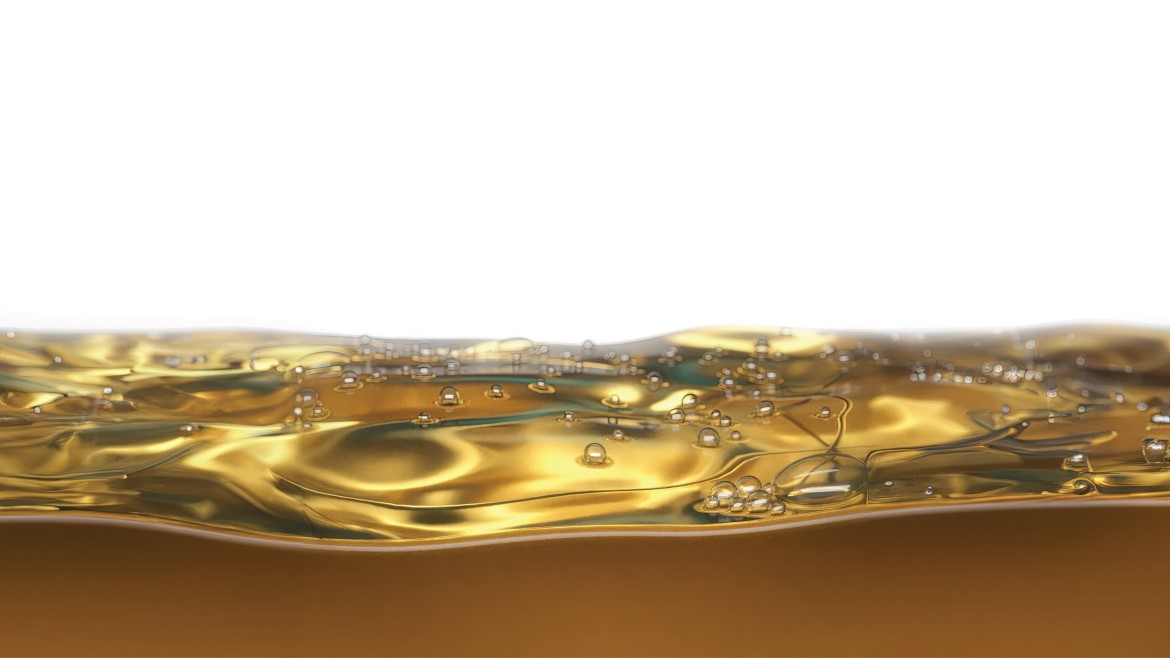In the right setting, sand is the stuff that dreams are made of. However, when sand gets into an engine environment, those dreams can quickly turn to nightmares.
It is estimated that up to 20% of the Earth’s surface is classified as desert—harsh, arid environments that pose many challenges to mechanical hardware, not least of all the internal combustion engine (ICE). But, of course, it’s not just desert climates where sand and dust ingress can be an issue. Think of the quarry, off highway and mining sectors—these operations can also be equally challenging.
Fundamentally, the problem is that sand itself is quite hard. The hardness of a material is measured using the Mohs’ Hardness Scale, as devised by German mineralogist, Friedrich Mohs, in 1812. Using this method, the relative hardness of different minerals can be quantified in values ranging from 1 to 10, with talc being 1 and diamond being 10, and hardness doubles for every whole number increase. Steel, from which many engine components are made, has a value of 4.5 – 5.0, whereas sand, in its most common form of silicon dioxide, has a value of 7. Therefore, sand can easily scratch and remove material from steel surfaces—much like a chisel through wood—causing excessive wear.
Therefore, the all-important question is, “does sand enter the environs of the modern engine?” Recent advances in engine air filtration have meant the majority of sand and dust particles are prevented from entering the engine and thereby remain in the filter. However, not all particles are trapped irrespective of how good the filtration might be.
Research conducted in the Middle East, an area of the world known for being a hot, dusty environment, has shown that particles of sand and dust do indeed pass through the filtration system and enter the ICE . As part of the study, samples of sand were taken from different parts of the vehicle and surrounding environment. Roadside air samples were collected to quantify the sand and dust particles present in the ambient environment. Particles found in the air filter as well as in the engine itself were then tested to determine the size of sand and dust particles being blocked by the air filter but also those entering the engine. Particular attention was paid to the air inlet tract and the oil sump.
A previous program of work had revealed that the most damaging particles were in the region of 1-125 microns when measured on the Krumbien Phi scale, a scale commonly used to classify particle size distribution. These particles can pass between piston rings and cylinder walls and eventually become suspended in the engine lubricating oil. Roadside particles have a broad particle distribution of 100 to 1,000 microns. Tests show that air filtration commonly blocks particles greater than 100 microns in size. Consequently, particles smaller than 100 microns were found in the air inlet tract beyond the air filter and can therefore pass into the engine. Samples from the inlet tract and beyond the air filter were examined using optical and electron microscopy. The results indicated the presence of particles considerable smaller than 100 microns, confirming earlier analysis that air filters do not completely prevent the ingress of very small particles.
Elemental analysis of the particles revealed the presence of high hardness mineral in the dust, including traces of a variety of calcium compounds, magnesium silicate, iron silicate and silicon dioxide, commonly known as silica. These irregular shaped, hard particles significantly increase the propensity for engine wear. Ferrography imagery of the engine lubricant indicated the presence of sand in the range of 10 to 100 microns in size. In addition to these, samples were also taken from both the drain and filter oils where contaminants of 60 microns in size were found. This demonstrates these particles are then able to pass into critical areas of the engine.
Our View
Particles in the range of 10-125 microns are the most damaging in an engine. Since particles within this range can easily enter an ICE, the next question that needs to be asked is, “how much damage are these particles specifically causing and to what extent?”
Future articles in this series will discuss engine damage caused by sand and dust ingress, and what remedial action can be taken to minimize wear.
For more information, please contact your Lubrizol representative.









